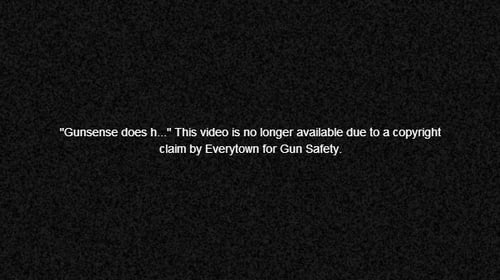With the summer season in full swing, we concealed carriers likely have to change up our carry habits from what works in colder weather to what works in balmier climes. When the heat gets turned up, people tend to want to wear as little as possible. Our ability to conceal a handgun on our person is jeopardized by fewer layers. In this article, we’ll work through some situations and find solutions for summer carry conditions.
Shorts And A T-Shirt: What Works And What Doesn’t
Lounging around the pool, there’s a good chance you’re not going to be wearing a thick jacket to conceal carry that full-size handgun. So the choices are reduced down to straight-up open carry or a couple other options.
- Consider downgrading to a more compact concealable pistol.
While many gun owners swear against the .380 ACP, we can’t deny they’re a lot easier to hide. We wrote up an article going over quite a few different .380 ACP gun models so you can see what options exist in this caliber range.
If you’re staunchly against .380 ACP, the good news is that the gun industry has definitely come out in full force for using other calibers in compact settings. Guns like the Smith & Wesson M&P Shield can be chambered in either 9mm or .40 S&W and have a good history of reliability and concealability. There’s also the Walther PPS, Kimber Solo, and quite a few others on that list which we’ve done detailed reviews on.
- Consider light outer layers which help to conceal a pistol inside the waistband
Something as easy as a light button-up shirt or similar can act as a concealing layer to hide the blocky anatomy of a pistol tucked into the waistline. Not only does it help keep the sun off your shoulders, but it can help hide the fact you’re packing a compact in an IWB.
Pocket Carry: How To Do It Safely
If you’re a fan of pocket carry — which is putting a pistol in a cargo pocket or similar — then you should know how to properly do it. We’ve covered an incident where a guy at a swim meet unknowingly dropped his concealed carry pistol and it went off. He was pocket carrying the wrong way.
Pockets are great for storing keys, cell phones, and all sorts of things but when a fully loaded pistol is inside one, we have to take extra measures to ensure it stays put.
This is where pocket holsters come into play. They help grip the trigger guard and ensure the pistol doesn’t move around inside the pocket. Having a pistol in your pocket is great for a number of occasions where either you’re not dealing with a traditional waistline (no belt) or it’s just not feasible to wear an IWB (no shirt).
Every holster you wear should have, at a minimum, the following basic safety features:
- High retention over the pistol
- Trigger guard protection
- Can be carried in Condition 1
If you don’t trust your holster (or it’s not rated) to be carried with a round in the chamber, consider a different holster.
Secondly, you always want to ensure that the trigger guard is fully protected by the holster. In a panic situation, a person can unknowingly shove his or her hand into a pocket and depress a trigger. That’s all that’s needed to go from having control over a situation to having no control over it.
And lastly, if the holster doesn’t hold onto the pistol and the pistol can slide out, you’re jeopardizing yourself and others. If your pistol comes out without you knowing about it, you’re not in control of your gun.
Always be in control of your gun.
This is true no matter what season you’re carrying in or what the weather conditions are. Your control over your firearm will dictate how safe it is to carry that firearm.












![[VIDEO] Why It’s A Good Idea To Have A Med Kit In Your Range Bag](https://imagedelivery.net/sbm_lYeJbALkepJgtmRD5w/concealednation.org/2015/09/ScreenHunter_129-Sep.-01-12.44.jpg/w=728,h=381)

